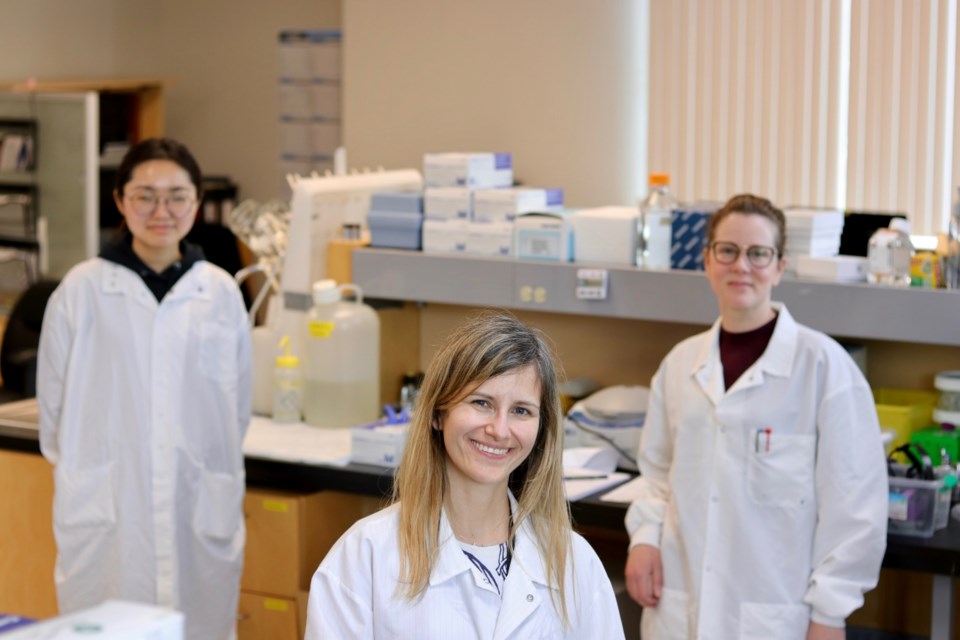Researchers are collecting samples from five wastewater treatment plants around Metro Vancouver — including the two facilities in Richmond — to help develop a COVID-19 surveillance tool.
Dr. Natalie Prystajecky — the study’s principal investigator — was heading a two-year-long BC Centre for Disease Control study looking for evidence of diarrhea-causing viruses, such as norovirus, in wastewater until that research was put on hold by COVID-19.
But using the methodology developed in that study, Prystajecky and her team were able to pivot to study the new virus.
Studies have shown that about 50 per cent of COVID-19 cases have the virus that causes COVID-19 — SARS-CoV-2 — in their feces, said Prystajecky.
“With this virus, we don’t really know why we see so much of it in the stool and why some people have it in their stool and some people do not,” she said.
“And because it’s often found in feces, it would make sense that you can actually study it in wastewater and that allows you to look at an entire population, rather than an individual person.”
People also shed the virus in their feces for much longer than they would have it in their respiratory system, Prystajecky explained. But because what’s left is just fragments of the virus and leftover RNA, it’s not infectious.
Wastewater has previously been used to study illicit drug use, said Prystajecky, which can help show trends in a given community. It also allows researchers to test an entire community for very little money.
For the past month, Prystajecky’s team has been studying samples taken from the Iona and Lulu Island wastewater treatment plants, as well as Annacis Island in Delta, Lions Gate in West Vancouver and the Northwest Langley facility — the largest of Metro Vancouver’s wastewater facilities.
Prior to that, the team spent six months validating the study, which will run until at least the end of the year.
Because wastewater isn’t a static product, samples are collected every hour rather than just once a day, Prystajecky said.
The samples are then sent to the lab at the BC Centre for Disease Control, where the virus is filtered out and separated from larger particulate matter.
Researchers then use a PCR test to detect the virus in wastewater.
“One of the things that we’re working on is how to normalize that data, because we know that not all the (wastewater) plants are identical,” Prystajecky said.
“Some serve really large communities – maybe over a million people, and some might have a lot of storm water. So we want to be able to really develop robust models to be able to interpret that data, and really developing this as a surveillance tool.”
Down the line, for example, the study could be used to confirm that a community is COVID-19-free, or to predict a new outbreak.
“We can also use it to study very specific populations, so it has been proposed that this study could be used in work camps, to test the wastewater (there) as opposed to testing every person.”
The recent spike in COVID-19 cases in B.C. is also reflected in the wastewater samples, said Prystajecky, however, researchers are working to understand the relationship between what’s seen in the samples and what’s happening in the community.
“But interestingly, it’s not a rapid increase. We do have our case counts going up quite quickly, but the population of the Lower Mainland is huge,” she said.
“So there’s almost a dilution effect, there’s all these negative people diluting the positive people…So that’s what we’re trying to understand, is how quickly should we see that increase in wastewater compared to the human numbers?”
Once that relationship is understood, it’s possible the study could reveal underreporting of COVID-19 cases, said Prystajecky.



